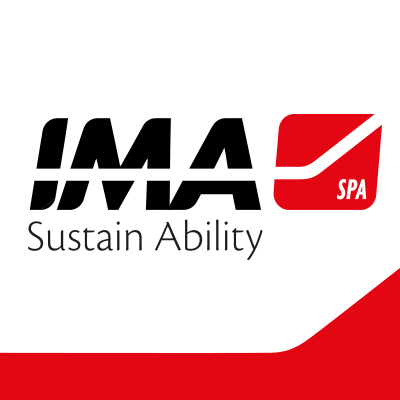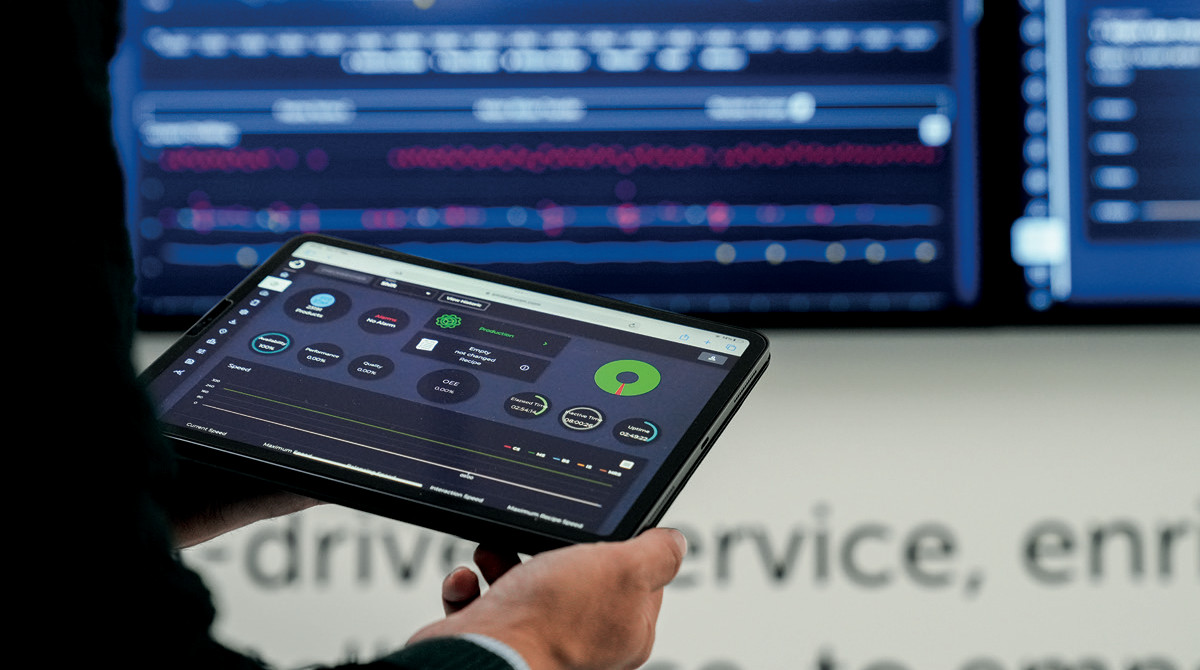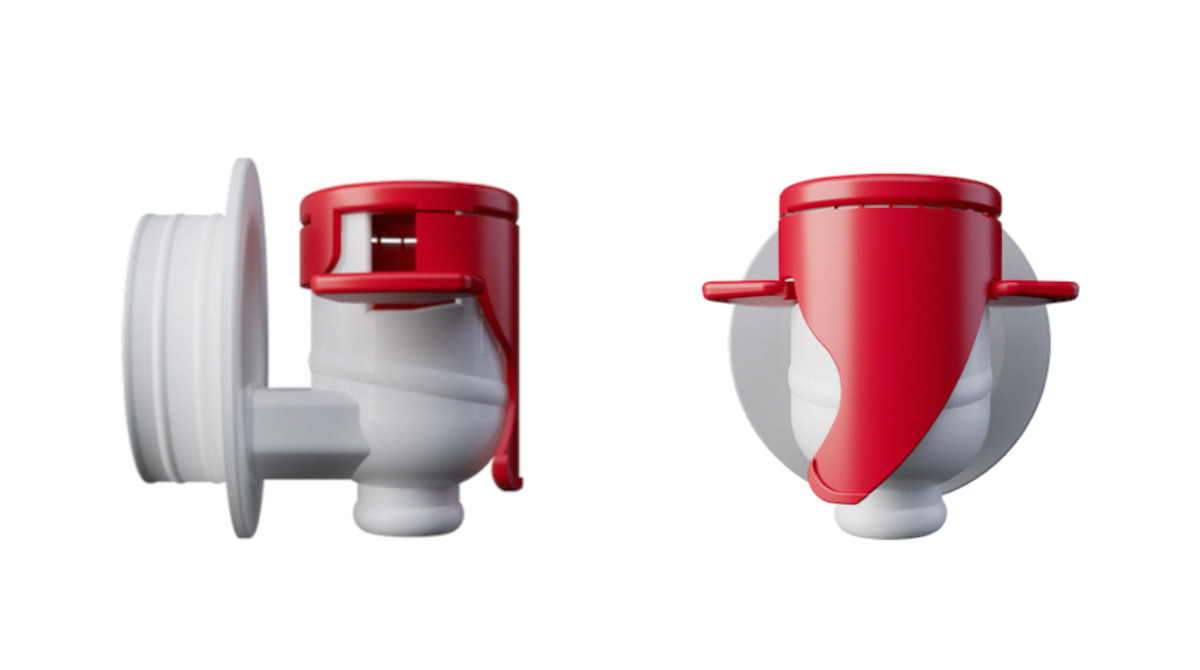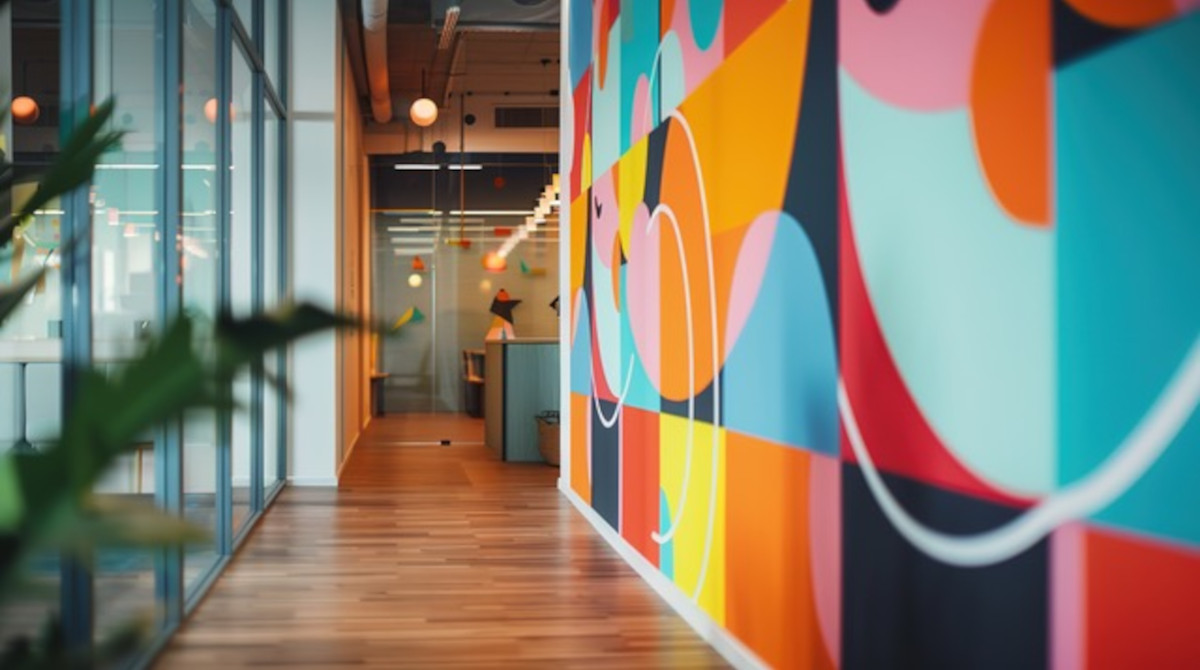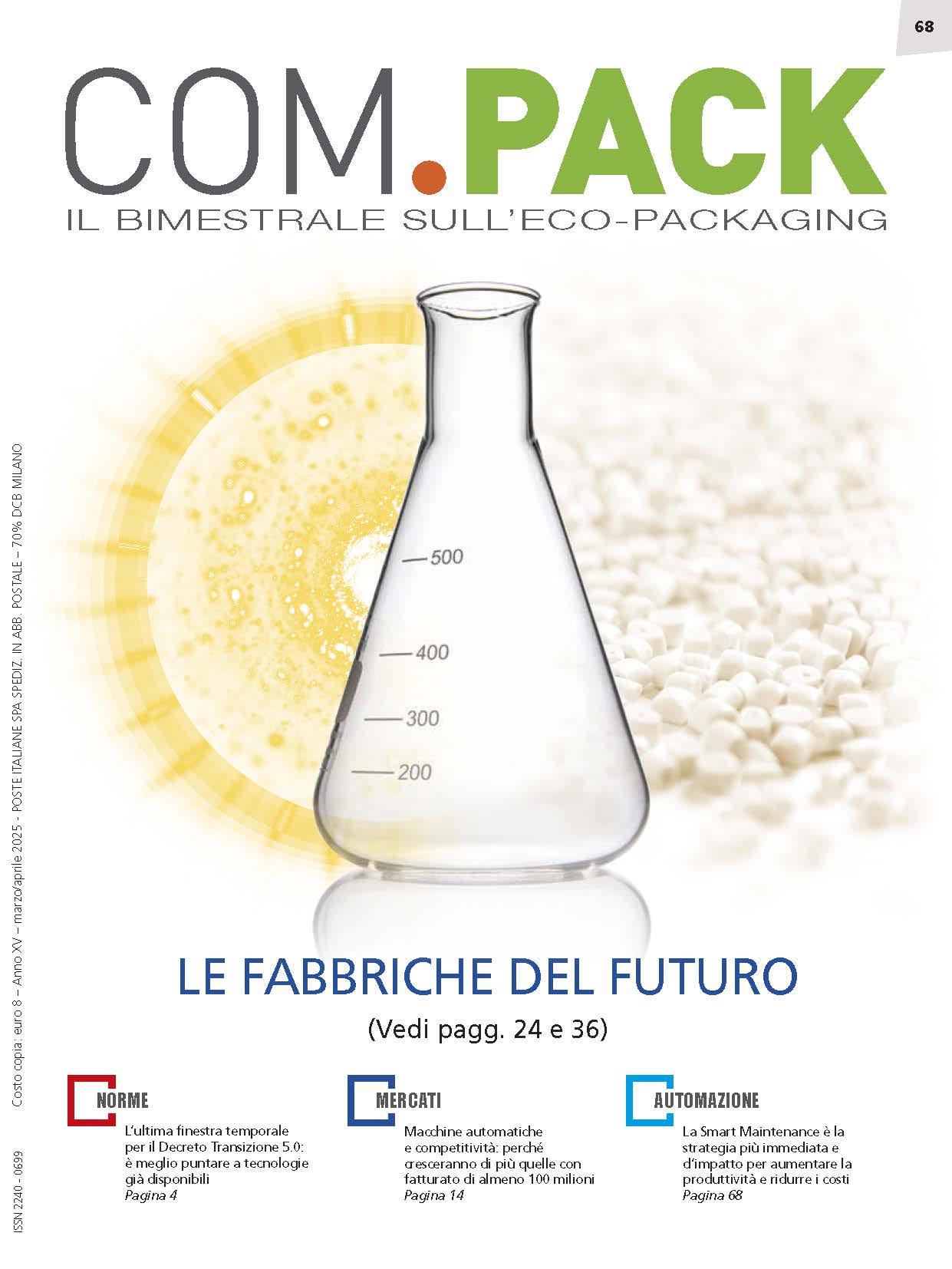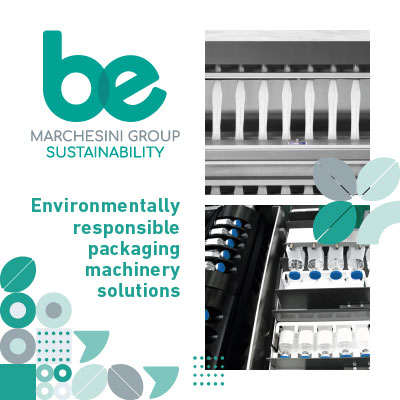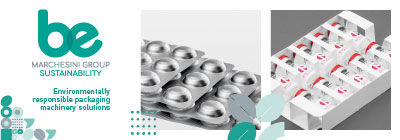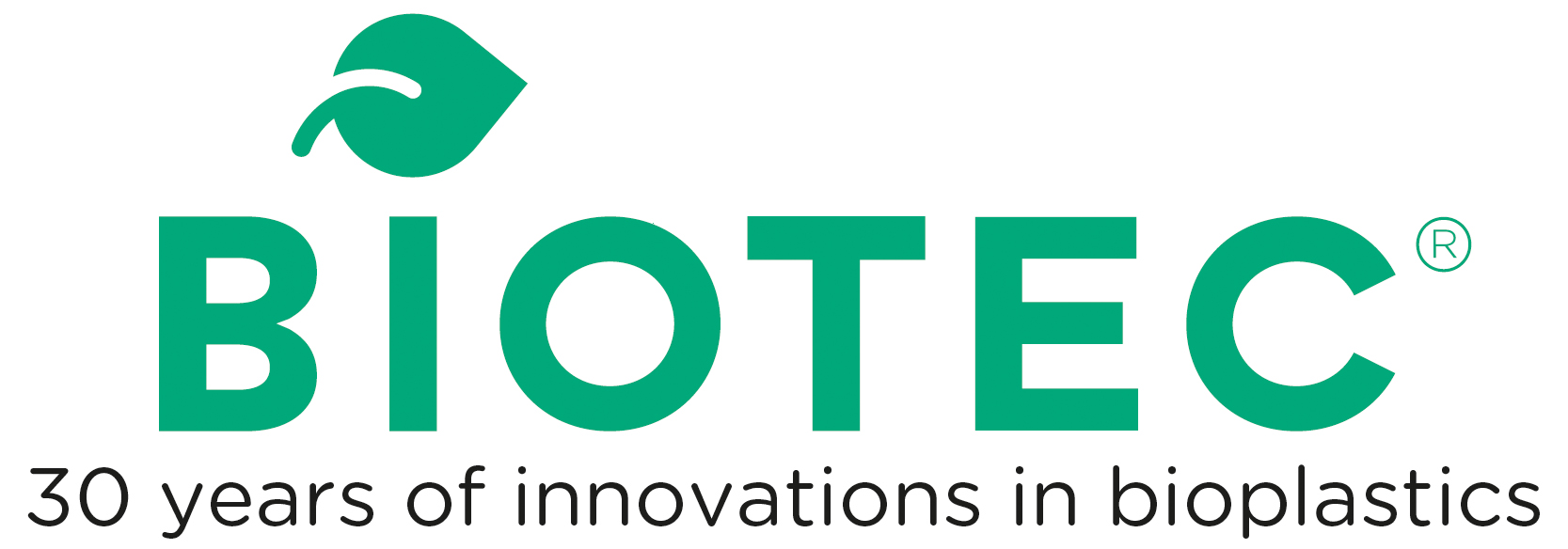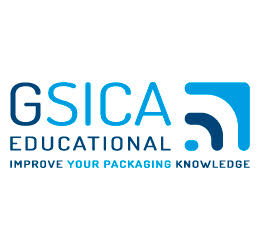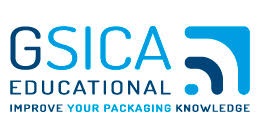What’s Maintenance? I ask this question often in my presentations. The most usual answer I receive is to “fix things”. Well, if we need to rush to fix a critical equipment, we, as maintenance team, failed on our job. For me, maintenance purpose is to make sure all critical equipment is running properly (within their operating conditions). On top of this, if we want to achieve a world class level, it also needs to be at the lowest sustainable cost. Reactive work completely fails in those criteria. There are some important elements in that sentence. Let me try to explain them one by one.
Critical Equipment
Not all equipment are the same, nor its criticality. So, one of the first things we need to do is rank all equipment in terms of criticality for the unit or company. We need to consider the risk (or its impacts) for at least: production, work safety/environment, quality/FDA safety and maintenance in this ranking. Using some metrics (a scale from “A” higher to “E” lower, for example), try to reach a normal gauss distribution 1). Doing that, “A”s should represent something around 5% of the total equipment, while “B”s should be around 15%. In a standard Pareto 2) distribution, “A” plus “B” should account for about 20% of the equipment but that should correspond to near 80% of the problems (or risks). Of course, the initial focus, if not done already, should be on all “A” equipment. Once we have them under control, we move to the next group. Equipment with very low criticality should be analyzed by the best economical way to be maintained (and that may even be, in some cases, running to failure). Bear in mind that criticality is dynamic, so this exercise must be done periodically.
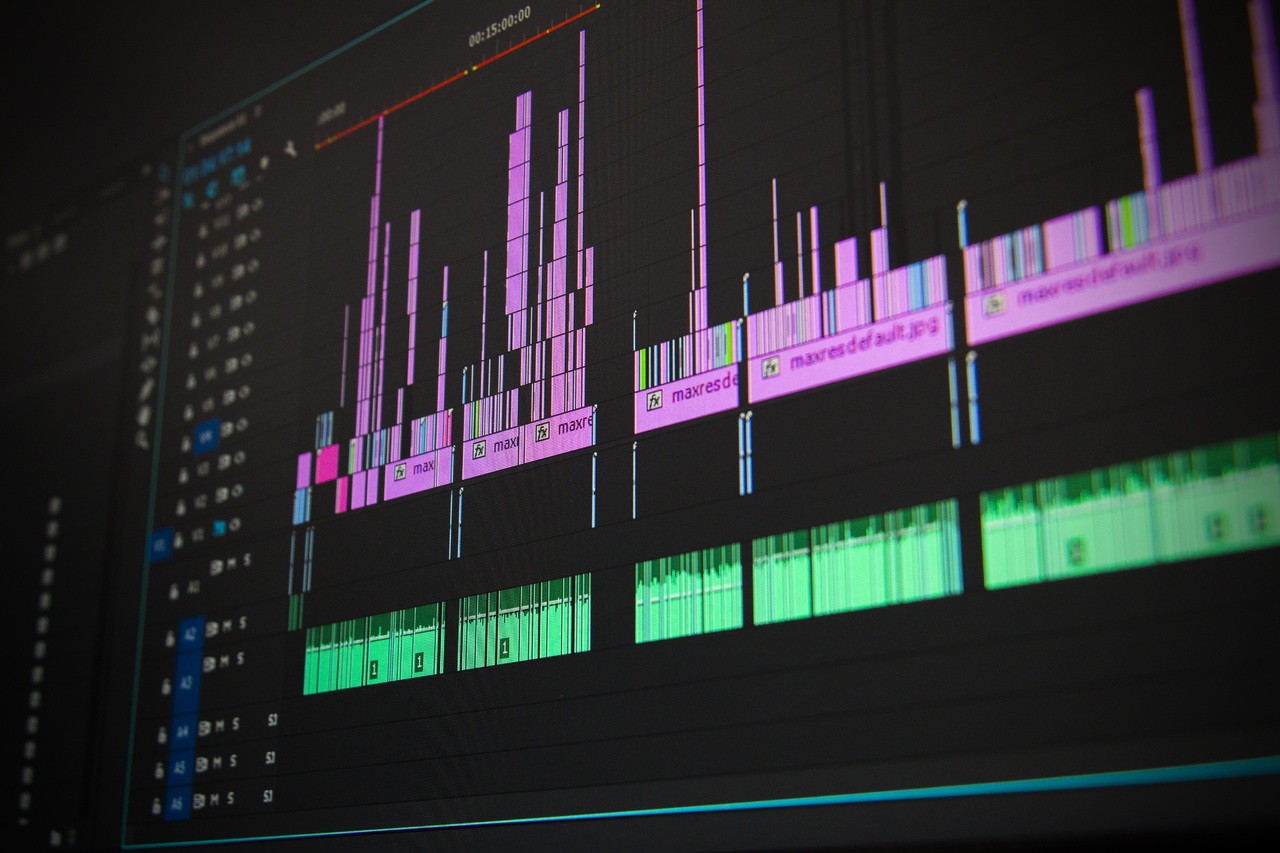
Running Properly
Trying to simplify a more complex explanation, every equipment was designed to operate in a certain speed in a given operational condition. The point here is, we get creative. We change recipes, bottle sizes, parts, speed, cleaning and sanitation methods, packaging materials, etc. Most of those things will affect how well the equipment runs and, if it doesn’t run well, we have the usual suspect: It will be maintenance fault…
One way to measure how well the equipment is running is to control the line OEE 3) and the line utilization. If the line runs just one SKU 4) then it’s easy, that’s the final OEE. Otherwise we need to remember that different SKUs will probably have also different performances (it’s faster to fill a small jar with a low viscosity sauce than the opposite, for example). A target must be set based on the planned production for all the SKUs, considering change over time, cleaning and sanitation, normal line speed, normal time to change rolls of films, load boxes, etc. So, don’t call yet Maintenance if the line performance is low, but it’s within the expected performance for that specific SKU. If we don’t have a target for each SKU, the line performance results may not make any sense (it will be low if we are running predominantly low performing SKUs or high if otherwise). If the line is meeting the expected target, than let’s assume its running properly. It, however, doesn’t mean we cannot improve it (every planned and unplanned downtime may be an improvement opportunity), but that is another story. At this point you may be asking: why OEE and not availability? Despite availability being more directly related to maintenance performance, the other 2 elements of the OEE are also affected (either for good or bad) by maintenance. So having OEE as main KPI 5) reinforces, among other things, the need for team cooperation and integration between production and maintenance.
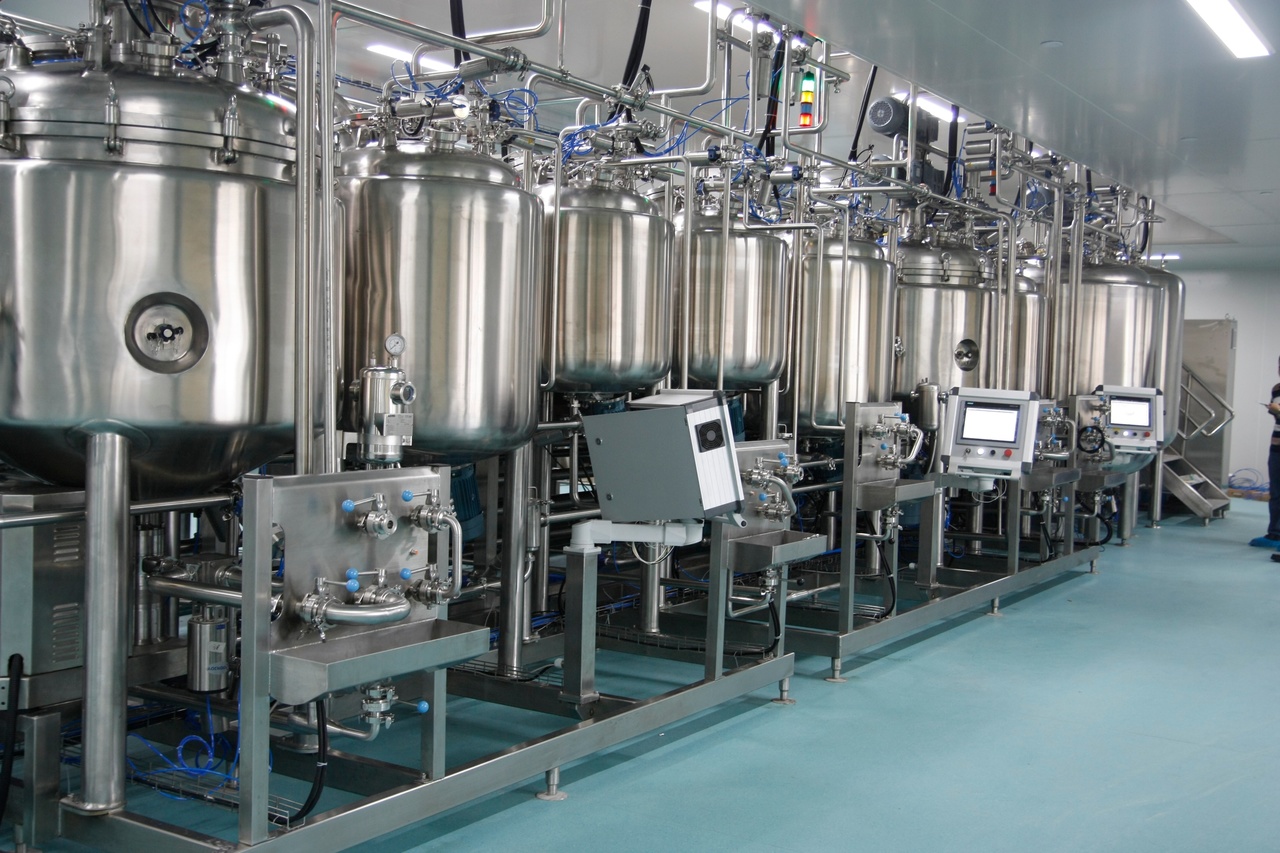
Lowest Sustainable Cost
Machines need some time for maintenance and the Maintenance team will have its time either for good or for bad. For good happens whenever we apply the proper techniques and use all the windows of opportunities to do the required interventions with no additional downtime or, for bad, in case of a machine breakdown. Here time is money. A fast and specific intervention as result of a predictive inspection or a sensor reading will more likely be effective. In case of a breakdown, it will take some time to figure out what happened and what is the extension of the damage. Not to mention that some failures compromise other parts of the equipment that otherwise would still be ok. And, of course, we may have the production and yield losses as consequence of the breakdown. All those will also turn to cost.
Getting better at corrective for critical equipment is not a good solution. Direct your efforts elsewhere. There’s no sense in getting better in something that should not be done at all.
Time based preventive routines are actually not much better than running to failure in terms of costs. Several studies got similar results, ranging from 80 to 88% of the spare parts normally replaced in such routines did not show signs of tear and wear that justified the replacement. It means, money thrown away. To make if even worse, in most of the cases, it doesn’t avoid breakdowns either. So, we spent money to replace parts that were not bad yet, to avoid breakdowns that still happened…
As I mentioned before, rushing to fix a critical equipment is bad. Critical equipment should not fail. We need to monitor (preferable with sensors) the potential failure points (Paretos, analysis and FMEA studies 6) are required to determine those points). It’s imperative that we monitor the right things. Overloading a machine with sensors may not give us reliable information (don’t confuse data with information). If we get really good with the on-line predictive maintenance, time based preventive routines may not be needed and corrective may be completely avoided.
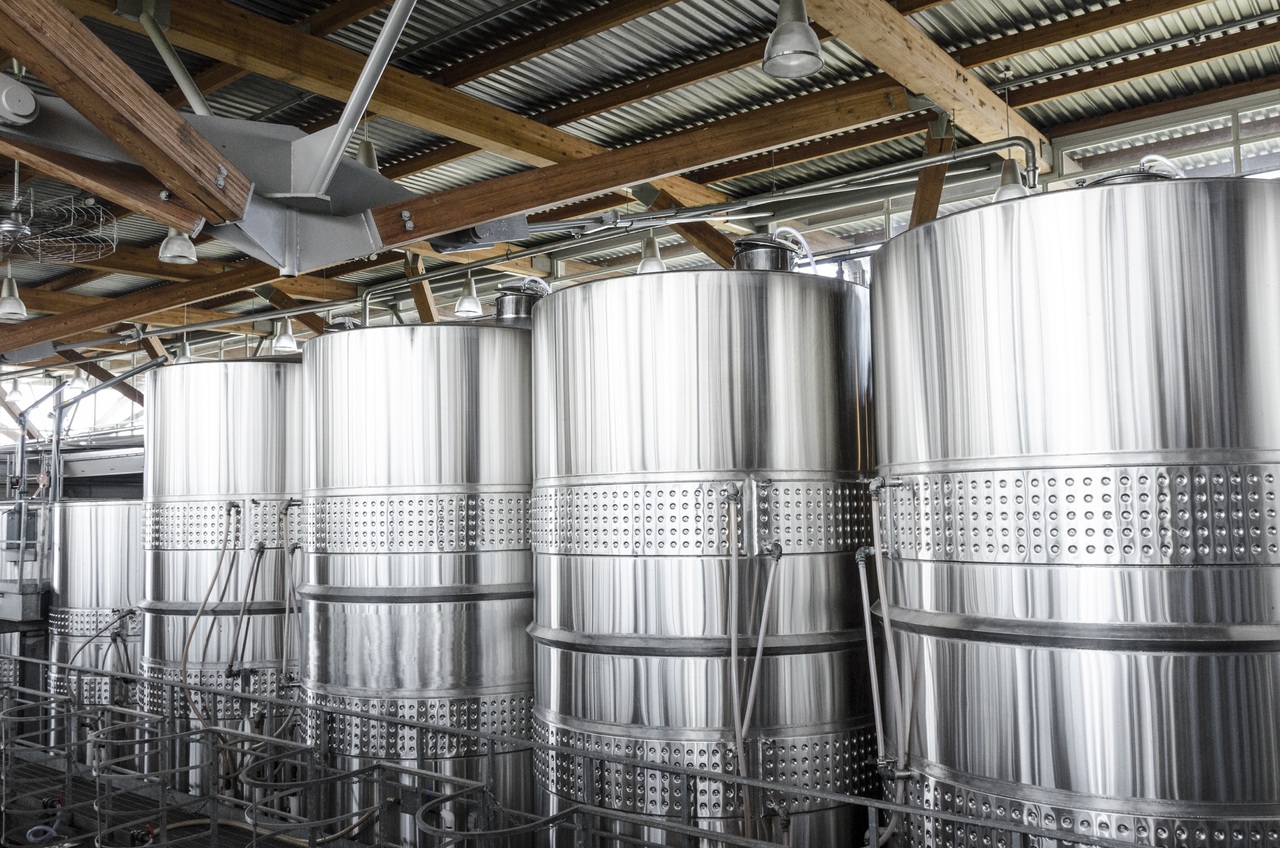
Monitoring is part of the task. Another part involves improving reliability of the spare parts we use. There was recently development of new materials (new alloys, ceramics, coatings, etc.) and new production techniques (including precision tools and 3D printing for hard metal). Most of the equipment we are using now, were developed before those materials and techniques became available at a reasonable cost. We can modify the equipment to take advantage of them (using the right opportunities, like an overhaul). Sometimes, the cost of those new materials may seem higher than what we are normally buying. The cost that really matters is called “Total Cost of Ownership” 7). So, if a spare part cost a little bit more but last much longer it will have a better Total Cost of Ownership than one that the initial cost is lower but requires constant replacement. Not to mention that the cost of the spare parts is not the final cost, we need to add the time for the maintenance team and the time the asset is not producing to the equation. In summary, when we consider all costs, cheap spare parts may not be cheap at all.
There’s more. Every time we open a machine there’s a possibility we end up creating a new problem. Machines are not just a bunch of parts assembly together, they require tuning and adjustments. More complex the machines more important the usage of precision tools like laser alignment, digital calipers, torque wrench and so on. On top of that, to minimize more errors, machines could be built using more “poka yokes” 8) and standardized and interchangeable parts and pieces.
On top of monitoring and improving the machines we have cleaning and lubrication. Poor lubrication is, for example, the main cause of bearing failures (too much, not sufficient, wrong grease, contamination, etc.), but yet in many cases we leave this task for operators because its “simple”. Perhaps it’s time to rethink. Avoiding problems is one of the best ways to minimize costs. If it doesn’t break, we don’t need to fix it.
There’s no magic here. The lowest sustainable cost will be the total cost of keeping the discipline of doing the right routines to maintain the machines running properly. Considering the current technology we are mostly using, this tends to something close to 2.5% MC/ERV 9) (where MC=Total Maintenance Cost and ERV=Estimated Replacing Value).
Keeping the discipline costs money. There’s a limit some parts can run. Not keeping the discipline costs even more, it falls back to the reactive mode (correctives), accelerates equipment deterioration and brings higher costs for either overhauls or asset replacements.
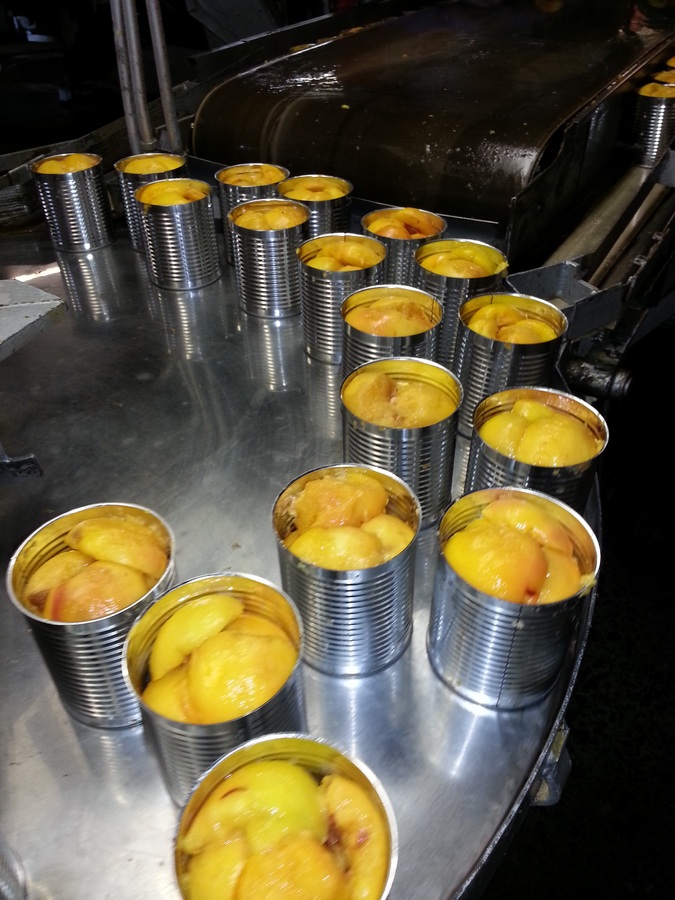
Can we do it better?
There’s so much we can do with some equipment, but it doesn’t need to be like that. We can change the equipment for better. At some point, equipment needs to be maintained. Unfortunately, some engineers seems to forget that, especially when we see machines with no easy access for parts that requires constant inspection, lack of “poka yokes”, no SMED exercise 10) for designing the equipment, poor use of interchangeable parts, etc. To improve productivity and further reduce operating costs we need machines that are designed for maintenance as well.
Same applies for production lines projects. Maintenance should start somewhere between FEL 1 and FEL 2 11), not at the end of a project. Optimization can only happen if done in the early stages to maximize synergies, improve designs, make use of standard spare parts to optimize stock parts inventory (whenever possible, of course).
If we improve machine design (better considering maintenance) and improve line projects, the MC/ERV can go down to something near 2.0%. Nowadays having machines poorly designed is no longer acceptable. Companies need this kind of savings, so a better integration with suppliers is needed to move to the next level: a World Class maintenance starts with a World Class equipment.
NOTES
1) The normal distribution, or Gauss (or Gaussian) distribution, is a continuous probability distribution that is often used to describe real-valued random variables that tend to concentrate around a single mean value. The graph of the associated probability density function is symmetrical and has a bell shape, known as the Gauss bell.
2) Pareto analysis helps to define the major factors that influence a given phenomenon and is very useful in decision-making processes. Taking advantage of these observations, it is possible to analyse a set of data in order to determine the few variables (among the many under examination) that significantly influence the final results of a given phenomenon.
3) The Overall Equipment Effectiveness (OEE) is a measure of the total effectiveness of a plant. It is an index expressed in percentage points that sums up three very important components from the point of view of manufacturing production: availability, performance and quality of a plant. The OEE provides an important key to understanding the effectiveness of the measures taken while providing support for measuring efficiency.
4) SKU: acronym of Stock Keeping Unit; in supply management, it is used to identify the single item managed in stock.
5) KPI: acronym for Key Performance Indicator, KPIs are qualitative-quantitative indicators used to assess the performance of the company, i.e. to verify the degree of achievement of the set objectives.
6) The FMEA (Failure Mode and Effect Analysis) is a methodology used to analyse the failure or defect modes of a process, product or system. For all combinations of failure mode - cause, three factors are assessed and weighed: probability of occurrence (P), severity of effect (S), detection by checks (D) and their analysis leads to identify the most critical failure modes using the RPN Risk Priority Number (RPN=PxSxD).
7) Total Cost of Ownership (TCO) is an approach developed by Gartner in 1987, used to calculate all the life cycle costs of an equipment. The TCO approach is based on the consideration that the total cost of using a piece of equipment does not depend only on the purchase costs, but also on all costs that occur during the entire lifetime of the machine.
8) Poka-yoke means "foolproof” in Japanese. It is used in the industrial design sector to indicate a design choice or equipment which, by placing limits on the way an operation can be carried out, forces the user to perform it correctly.
9) MC/ERV is a popular indicator representing the total cost of maintenance (MC) as a percentage of the estimated replacement value (ERV). It is a valuable tool for setting long-term objectives, especially when used correctly in combination with plant reliability targets. World-Class realities tend to have their maintenance cost in the range 2.0-2.5%.
10) The SMED (Single Minute Exchange of Die) is a method integrated in the lean production theory - aimed at reducing setup times (or production or size changeover times).
11) FEL stands for Front-End Loading; the reference is to the stage&gate process for project development, according to which a project must pass through formal gates in clearly defined stages (hence FEL 1, FEL 2, etc.), each preceded by a specific stage in which to carry out the research of strategic information necessary to face the risk and the consequent decisions, and then move on to the next phase. All this in order to maximize the chances of success. The FEL includes robust planning and design at the beginning of the project, when the ability to influence design changes is still high and the cost for such changes is relatively low. Although this adds time and cost to the very early stages of the project, these are less than the cost and effort required to make changes at a later stage or, worse, after the machines have been installed.
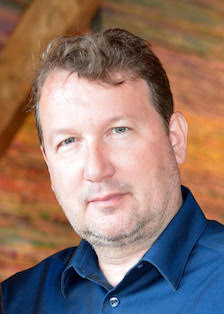
(by Eduardo Schumann, Improving efficiency consultant)





